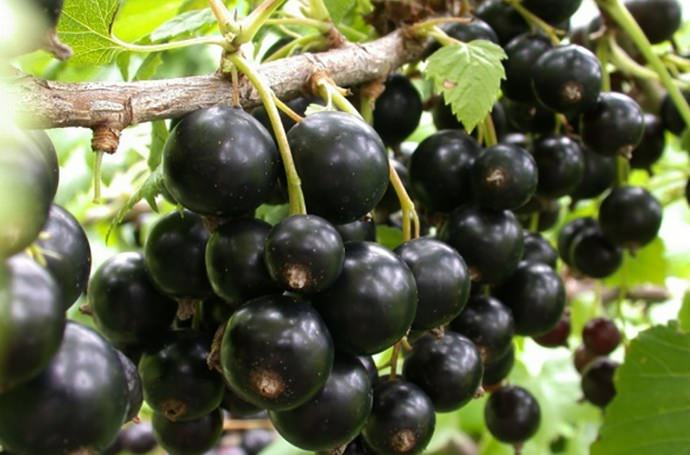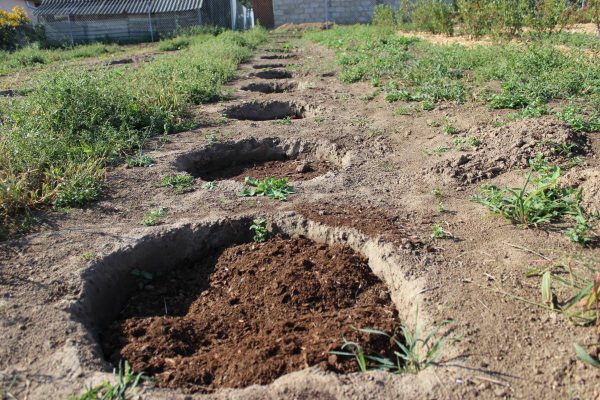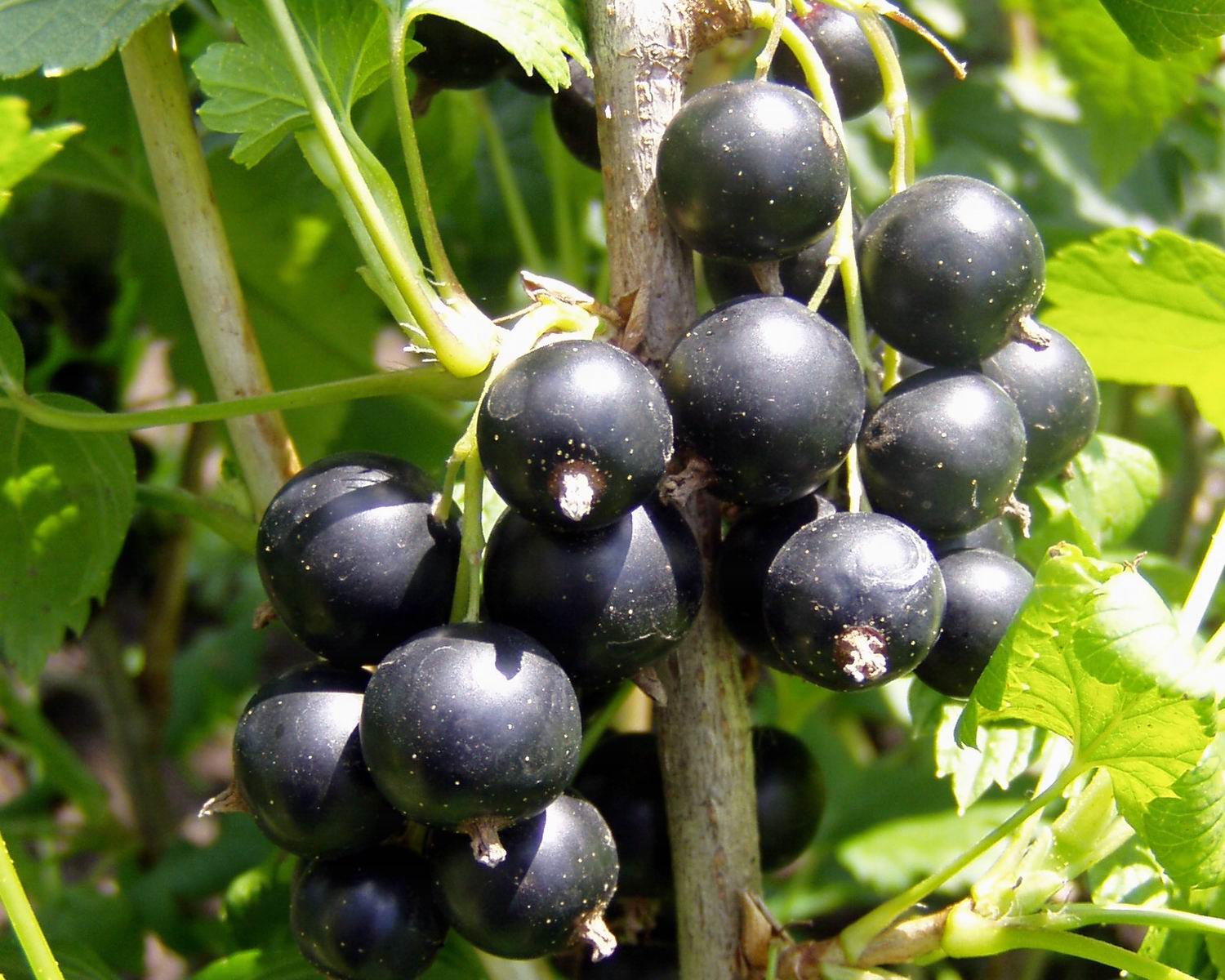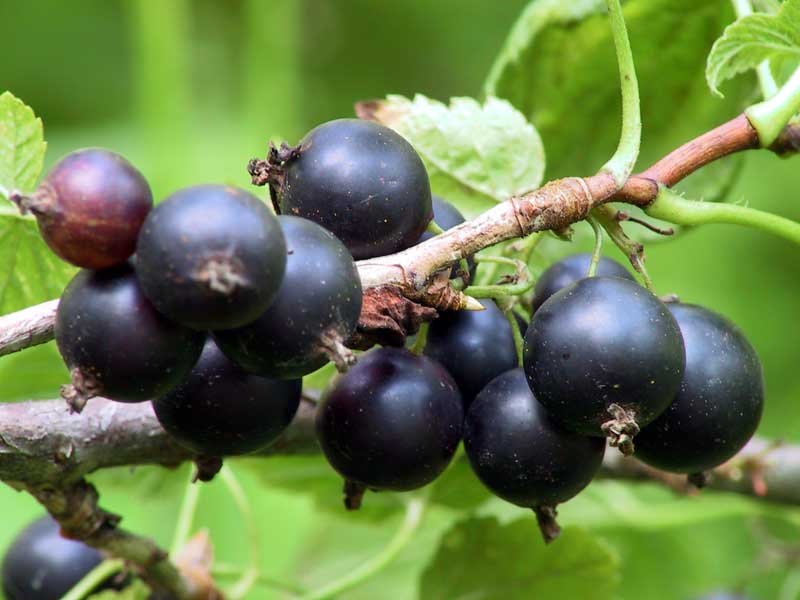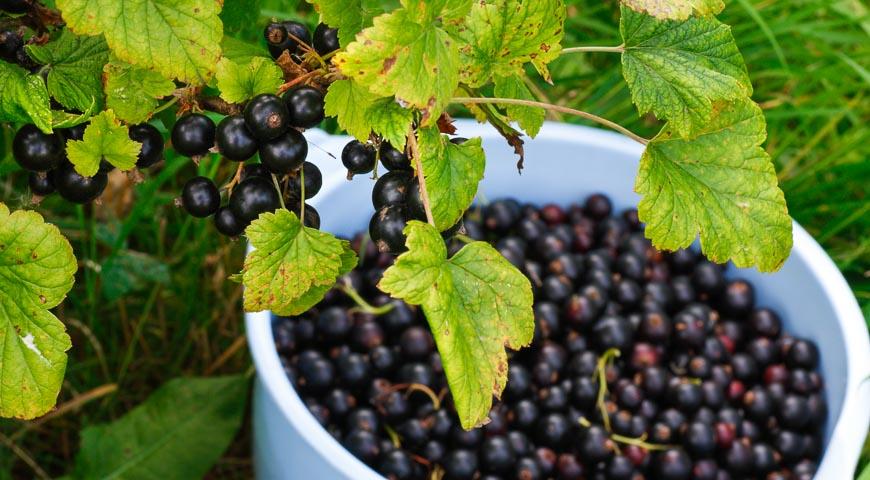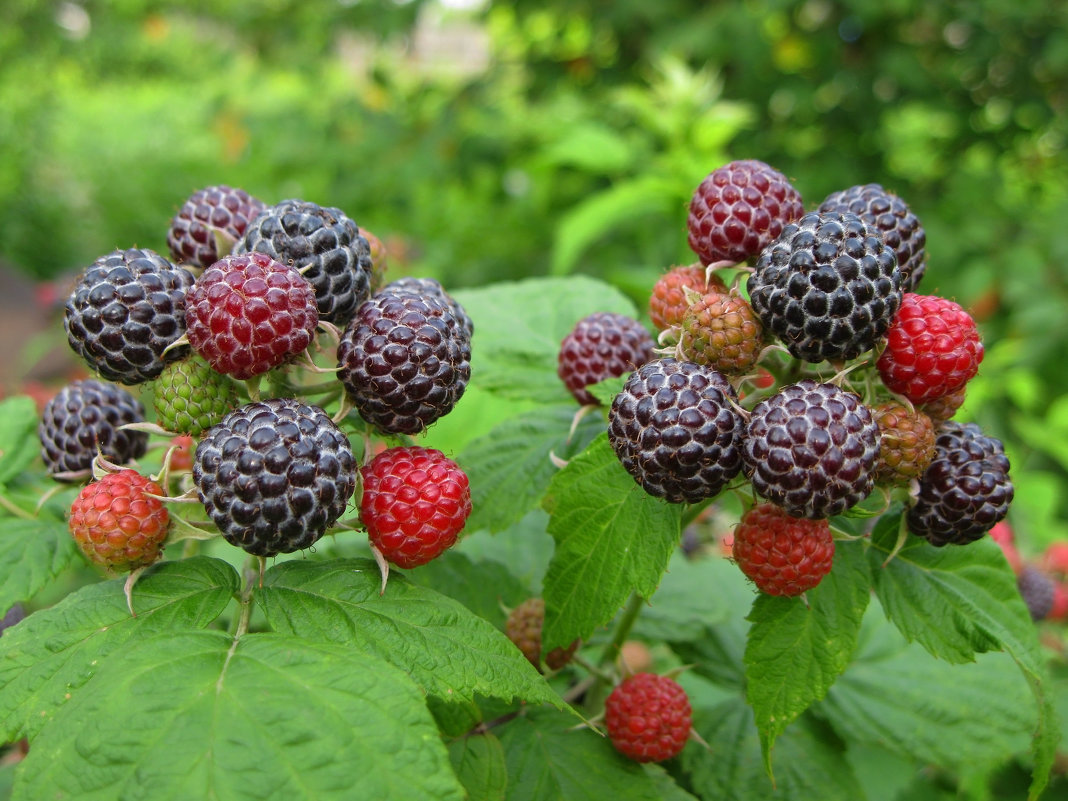Content:
Black currant has long been one of the main berry crops cultivated in Russia. Despite the absence of characteristic thorns, the plant belongs to the Gooseberry family. The geography of the spread of culture is very large: Europe, Mongolia, China, Kazakhstan, North America. In the wild, currants grow in large groups, forming dense thickets. Basically, the bushes are distributed along the coastline, in the forest thicket and at the edge - in any area with high soil moisture. The cultivation of currants began in the XI, not only for food, but also for medicinal and decorative purposes.
History of creation
Over a long history, scientists have bred at least 250 varieties. Currant Nara is an achievement of domestic selection. Included in the Register in 1999. The variety was developed by A.I. Astakhov. in the Bryansk region at the All-Russian Research Institute of Lupin. He carried out a varietal crossing, as a result of which a unique hybrid emerged from the Dove Seedling and form 32-77. After many years of testing and evaluating the characteristics, the variety was assigned a tolerance for the North-West, Middle Volga and Central regions.
Variety characteristics
Nara is a type of early maturing currant varieties. Full ripening occurs in 2 months, in July the harvest is ready for harvesting. The bush is actively developing in length, while maintaining its compactness, the branches are not spreading, but slightly curved. The leaves are light green in color, grow in large convex plates. Inflorescences form from 6 to 10 flowers of a light red hue. The fruits have a matte sheen. The skin is thick enough to make it difficult to crush the berries when harvesting. The fruits are highly marketable. The taste of berries is sweet with sour notes. Currants are used for canning and heat treatment, used fresh and as an addition to desserts.
Black currant Nara: variety description
| Category | Index |
|---|---|
| Yield | 1.5-2.2 kg per bush |
| Weight of 1 berry | 2-3.3 g (large) |
| Bush height | 1.5 m |
| Vitamin C content | 149 mg |
| Life span | 15-20 years old |
Growing features
Landing requirements
Currant bushes thrive best in well-lit areas. A thick shade leads to a deterioration in taste, the fruits grow too sour. The plant should also be protected from wind and drafts, so it is allowed to plant currants along walls and fences with a southern or southwestern orientation.
Soil preparation
Loams are optimal for planting; in clay and sandy soils, the plant slows down very much in development and loses productivity. Although the plant loves moist soil, swampy lowlands or close proximity to groundwater are not suitable for growing, as the roots are likely to rot. Acidic soils are also not suitable for currants; they need to be limed with dolomite flour (300-400 g / m2).
Choosing a landing method
If the variety is supposed to be bred for the first time, then it is best to purchase planting material in a nursery. Before buying a seedling, you should carefully examine it. The branches and leaves should look healthy. Be sure to check the leaves on both sides for the presence of pest larvae or fungal spots.The root system also needs to be examined. Rotten black roots are not allowed. A good strong seedling should be about 0.3 m tall, roots - at least 0.2 m, the number of active buds - at least 3 pieces. If the Nara bushes are already on the personal plot, then you can get planting material in 3 ways:
- Layers. In the spring, the healthiest shoot is placed in pre-dug furrows, fixed and covered with earth. All summer it is watered, and in the fall it is separated from the parent bush;
- Cuttings. This planting material is formed in the summer, when young shoots grow from the bush. At the base of the plant, cuttings 1 cm thick and 2 cm long are cut, placed either in containers or in a greenhouse. By the fall, the shoots should take root, which means they can be planted in a permanent place;
- By dividing the bush. This is the easiest way, in which the root system is divided into 2 parts and seated in separate holes. The place of division must be sprinkled with wood ash.
Landing
The autumn planting is considered the most favorable, then the bush is guaranteed to give roots and take root. Planting in spring is also allowed, but seedlings are not always accepted. In autumn, currants are planted when the leaves fall, in spring - when the soil warms up to + 10˚C. The bushes are planted at a distance of 1.5 m from each other. The size of the planting pit is 0.4 * 0.5 m. The organic-mineral complex is first laid out on the bottom: compost or rotted manure (10 kg), ash (3 l) and superphosphate (70 g). The next layer is the planting soil. Next, the pit is watered with 5 liters of water. The seedling is installed in the center, covered with soil and pressed tightly, adding the required amount of earth. Then another 5 liters of water are poured again. The trunk circle is mulched with peat, humus or manure.
Care
To obtain a high yield, certain conditions must be observed:
- Watering. Nara tolerates drought well. Moreover, during key periods of plant development, watering should be sufficient and regular. Lack of moisture at the time of budding and flowering leads to drying out and falling off of the ovaries. The weight gain of fruits in drought conditions leads to the fact that the berries become smaller and have a sour taste. Accordingly, it is enough to water the bush three times a season. Water consumption rate - 30 liters for 1 bush. Warm standing water is suitable for irrigation. In particularly arid regions, currants can be watered every week. Each watering should be accompanied by loosening the trunk circle and removing weeds. This will improve the aeration of the roots and the water will not stagnate;
- Top dressing. In the first 2 years after planting, currants do not need additional feeding. She has enough of the complex that was introduced into the landing hole. From the third year, top dressing should be applied on an ongoing basis in spring and autumn. In autumn, it is enough to add organic matter (manure, compost). In the spring, feeding is done in 3 stages:
- For the development of the green mass of the plant, nitrogen must be added;
- At the time of flowering, 2 liters of nitroammofoska solution are introduced under the root (concentration - 3 tablespoons per 10 liters of water);
- When the fruits begin to form, the currants are fed with potash and phosphorus fertilizers.
Pruning
This is an important stage in plant care, as it directly affects the development of the bush as a whole. Scraps serve different purposes:
- Formative pruning is needed so that the bush does not grow much. Superfluous small shoots take food, while not giving a crop. An adult bush should have no more than 7 main branches and no more than 20 branches. All small growth must be removed;
- Sanitary pruning is done to remove broken, dry, diseased or old branches.
Diseases and pests
Nara currant has high immunity to all diseases: terry, powdery mildew, gray rot, anthracnose, rust, mosaic. At the same time, preventive measures will never be superfluous. First of all, after the leaves have fallen off, the area must be cleaned, all leaves and branches are scooped out of the under-barrel circle and burned.It is in last year's remains of plants that fungal diseases winter and develop. In the spring, before the beginning of the growing season, and in the fall, after the leaves have fallen off, you can spray the bushes with a solution of copper sulfate (100 g per 10 liters of water). This tool protects the bush from fungus, insects and putrefactive processes, increases productivity.
Nara is sometimes attacked by spider mites, aphids and gall midges. When the bush is attacked by insects, chemicals are the best remedy for them.
Advantages and disadvantages
| pros | Minuses |
|---|---|
| Easy adaptability to different climatic conditions | Requires compliance with agricultural technology |
| Not susceptible to temperature extremes, tolerates dry summers and frosty winters well | Attacked by some insects |
| High yield and large fruits | |
| Does not require cross-pollination, self-fertile | |
| Has immunity from almost all fungal infections and pests |
Throughout its long history, the Nara currant has become a truly national variety. Summer residents fell in love with this shrub for its decorative appearance and high yield. Indeed, subject to agricultural technology, Nara produces a stable crop with large juicy fruits for 2 decades.
